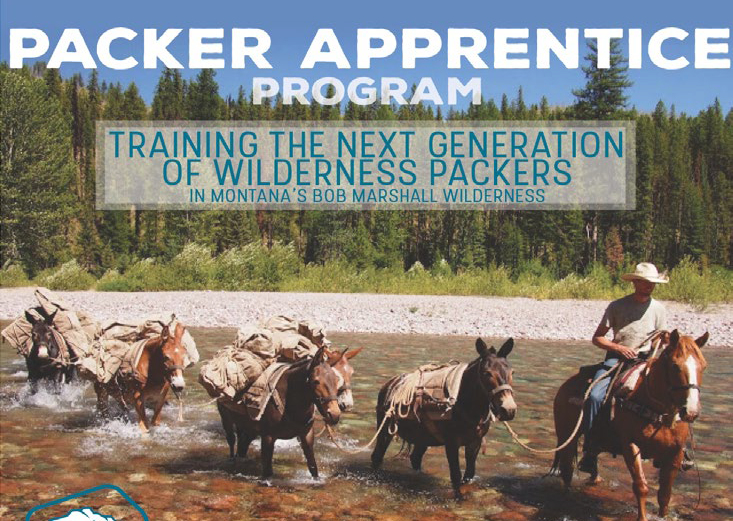The Forest Service has had a conflicting set of goals for the last few decades but, for Region 1 at least, things seem to be coming to a head. And it is not good news, especially for trails . . .
A new strategy for managing public lands for recreation, heritage and wilderness paints a bleak picture of the U.S. Forest Service’s own ability to tackle the job.
“You could say this looks like a D-minus report card,” said George Bain, Forest Service Region 1 director of recreation, lands, minerals, heritage and wilderness. “To us, this is how it is. We wanted to take a good, hard look and develop a strategy for how to work in that world. We don’t have all the money we’d want. We don’t have all the workforce we’d want. We don’t have the ability to take care of everything the way we’d like. This is the landscape we’re working in. Let’s see how to address this.”
The 50-page document released last August got little notice outside the Region 1 Missoula headquarters. But it had been more than a year in the drafting, and it has been signed by Regional Forester Leanne Marten, her deputies and the supervisors of all 10 national forests that report to her.
And note this part:
“Workforce skills are also on the decline” in maintaining Region 1’s 28,000 miles of trail. Most of the five Wild and Scenic River corridors lack completed management plans.
In late January, Bain delivered further bad news to a roundtable of recreation partners – Region 1’s trail maintenance budget is taking a 30 percent cut. That’s going to be phased in with 10 percent increments during the next three years. The money was getting reallocated to places like California that have more user-days of trail use.
See also: The Northern Region Sustainable Recreation, Heritage, Wilderness (RHW) Strategy 2015-2020 (1.68MB, PDF)
